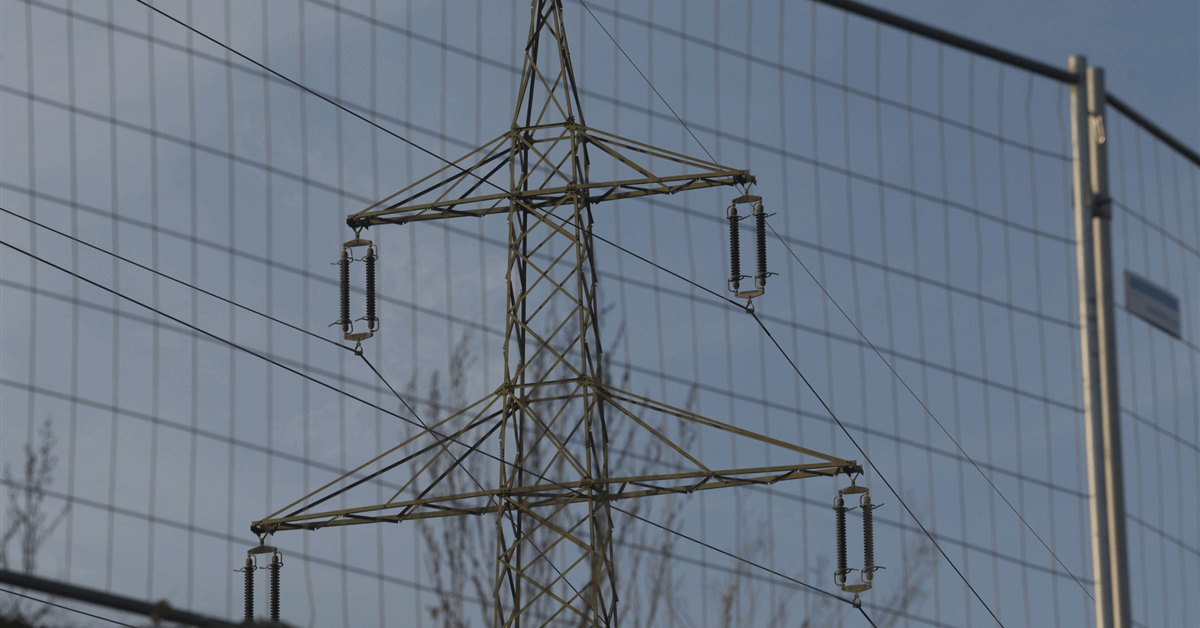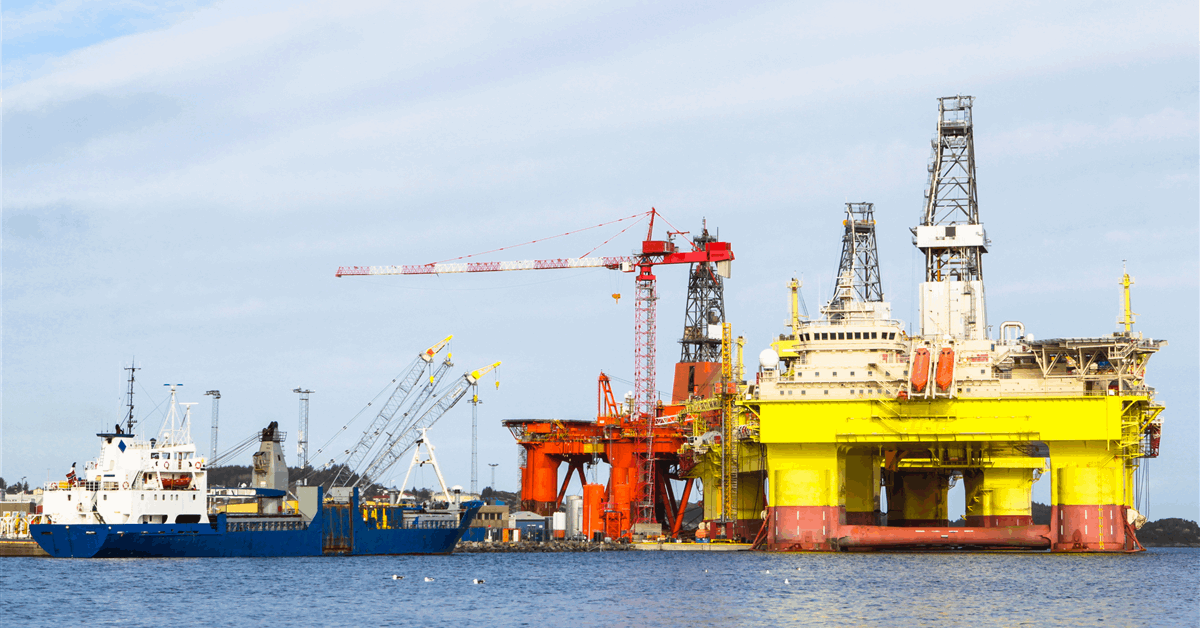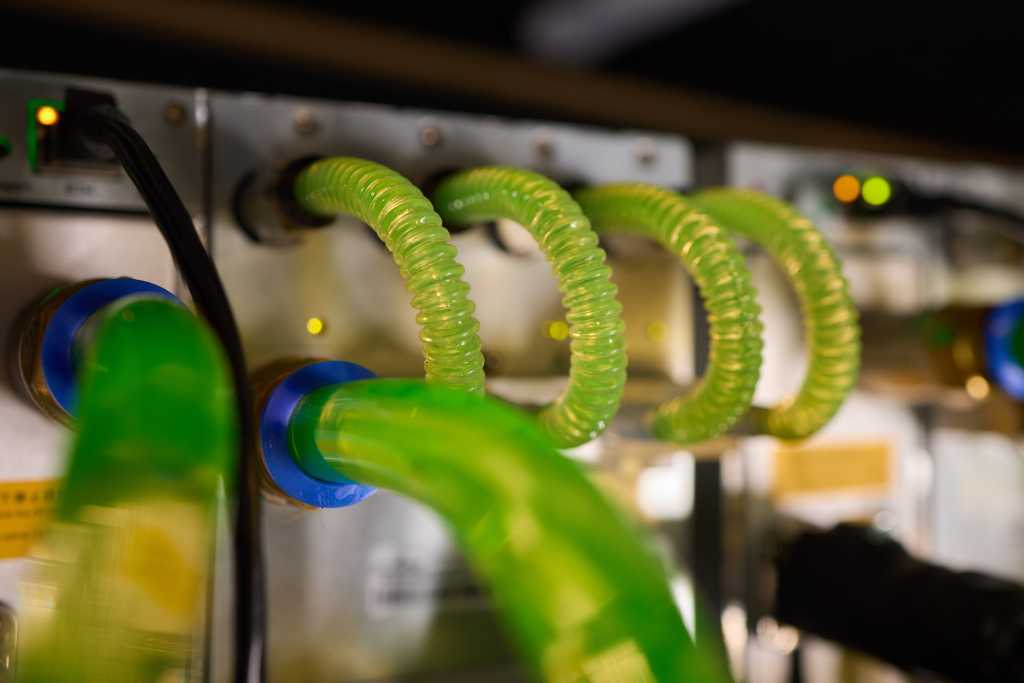
Estonia, Latvia and Lithuania have completely decoupled their electricity transmission systems from Russia and achieved synchronization with the continental European network via Poland.
“As of today, Estonia, Latvia and Lithuania are fully independent from Russia’s and Belarus’s electricity systems”, the European Commission, which has funded the synchronization project, said in an online statement Sunday.
Before desynchronization from Russia, the three countries’ power supply lines have already been connected to Finland via Estlink 1 and Estlink 2, Poland via LitPol Link and Sweden via NordBalt. However, Estonia, Latvia and Lithuania – formerly part of the Soviet Union – continued to operate their grids synchronously with Russia.
Now, the neighbors’ transmission operators are out of the BRELL agreement of February 2001, which linked them, as well as Belarus, to a grid in which the electricity frequency is controlled by Russia.
“The synchronization enables the Baltic states to manage their electricity grids in close cooperation with all other continental European countries, with stable and reliable frequency control, significantly enhancing regional energy security”, Estonia’s Elering AS, Latvia’s Augstsprieguma tīkls AS and Lithuania’s Litgrid AB said Sunday in statements on their websites.
“Previously relying on the Russian IPS/UPS system for frequency management, the Baltic States have now joined the synchronous grid of Continental Europe, serving over 400 million customers.
“All electricity interconnections with Russia and Belarus have been permanently disconnected”.
They added, “A particularly important role of PSE in Poland was the overall coordination and project management, as a direct neighbor and as the system which physically connects the Baltic States’ systems to Continental Europe”.
“Extensive infrastructure upgrades in the Baltic states and Poland were essential for this achievement”, the operators said.
“Amprion as Continental European Coordination Centre North supported the planning and coordination of synchronization”.
However, work on the Harmony Link Interconnector, part of the synchronization project, is still ongoing. Harmony Link is a submarine line about 330 kilometers (205.05 miles) long that would use a high-voltage direct current cable to connect Poland’s Zarnoviec substation and Ltihuania’s Darbėnai substation. The second power interconnection between Lithuania and Poland after the LitPol project, which is operational since 2016, Harmony Link was planned to be completed this year but has now been pushed back to 2030.
The Baltics’ synchronization with continental Europe allows them to “operate their own energy systems under common and transparent European rules”, the Commission said Sunday.
“The synchronization of the Baltics not only contributes to the security of supply of the entire Union, it will also support the integration of renewable energy in the system, ultimately allowing consumers to benefit from lower energy costs”, the Commission said.
It is a priority project of the European Union and has received over EUR 1.23 billion ($1.27 billion) in funding from the Connecting Europe Facility, according to the Commission.
The project started over 15 years ago. On August 3, 2023, the governments of Estonia, Latvia and Lithuania agreed to quicken the project nearly a year earlier than previously agreed to February 2025, in a move prompted by Russia’s invasion of Ukraine.
The August 2023 declaration by their prime ministers cited risks from the Russia-Ukraine war. The war, now in its third year, “significantly deteriorated the energy security situation in the region and increased the risks of unplanned de-synchronization of the Baltic states’ electricity systems from IPS/UPS”, read the text.
To contact the author, email [email protected]




















